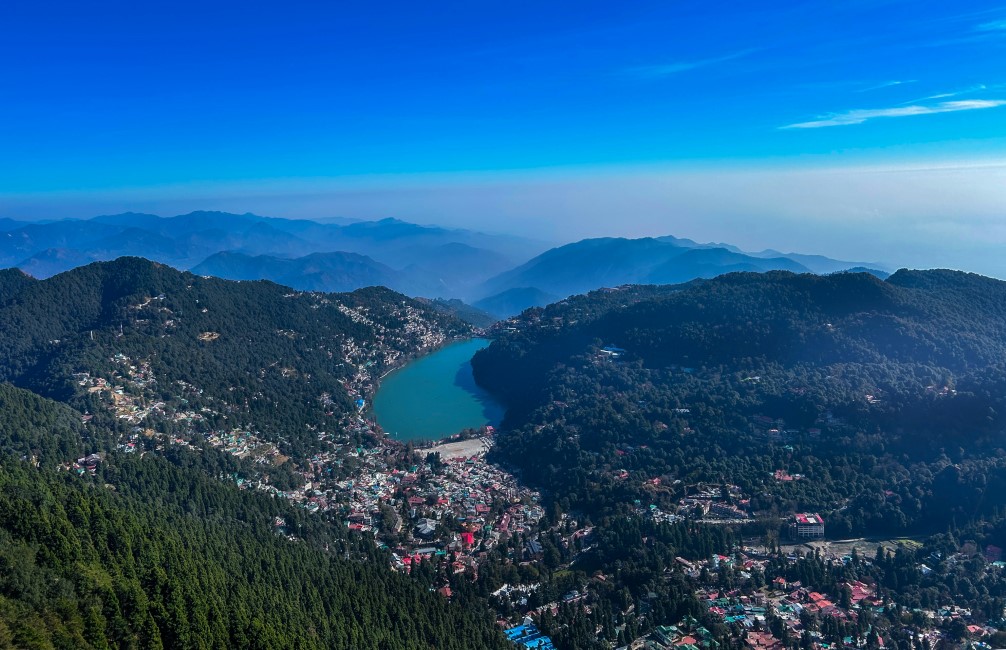From spiritual towns like Rishikesh and Haridwar to high-altitude gems like Auli and Kedarnath, Uttarakhand is a mix of busy plains and remote mountains. Getting around here requires smart planning, as the state offers everything from shared jeeps to ropeways across its rugged and scenic terrain.
1. Local Buses and State Transport
Why read this: The most affordable way to reach major towns and remote villages across Uttarakhand.
Do: Use UTC (Uttarakhand Transport Corporation) buses for reliable intercity travel and early bookings.
Don’t: Expect luxury or exact timings in hill routes; delays are common due to terrain.
Final tip: Opt for early morning departures for fewer crowds and better road conditions.
2. Shared Jeeps and Maxis
Why read this: In many hilly areas, shared jeeps are faster and more accessible than buses.
Do: Use them in places like Joshimath–Auli, Uttarkashi–Gangotri, or Gaurikund–Kedarnath base.
Don’t: Overpack or expect personal space—these rides often get crowded.
Final tip: Carry small change for fares; jeeps leave once full, not on a fixed schedule.
3. Vikrams (Shared Auto-Rickshaws)
Why read this: Popular in plains and small towns like Haridwar, Dehradun, and Rishikesh for short distances.
Do: Confirm your stop and fare before boarding, especially in crowded zones.
Don’t: Expect privacy—Vikrams typically carry 6–8 passengers.
Final tip: Use them for budget travel between bus stands, ghats, and local markets.
4. Taxis and Private Cabs
Why read this: Best for flexible schedules, family trips, or reaching offbeat destinations.
Do: Book through official counters or apps like Gozo or local operators.
Don’t: Take unregistered taxis from unverified sources.
Final tip: Inquire about round-trip charges if returning the same day—many remote routes don’t have return taxis.
5. Ropeways and Cable Cars
Why read this: A scenic and time-saving way to reach hilltop temples and snow points.
Do: Try the Auli Ropeway, Nainital Cable Car, or Mansa Devi Ropeway for safe uphill travel.
Don’t: Use them during lightning storms or bad weather—services may be suspended.
Final tip: Buy tickets early in peak season; queues can get long.
6. E-Rickshaws in Urban Areas
Why read this: Eco-friendly and affordable, these are common in Dehradun, Haridwar, and Rishikesh.
Do: Use them for short distances like ashram to ghat or hotel to bus stand.
Don’t: Expect fast speeds—these are meant for slow, short trips only.
Final tip: Keep coins handy; most drivers don't offer change for big notes.
7. Walking and Hiking Routes
Why read this: Some places like Kedarnath or Tungnath are only accessible on foot.
Do: Wear sturdy shoes, carry water, and acclimatize before steep treks.
Don’t: Attempt long treks without preparation or guides, especially in monsoon.
Final tip: Hire local porters or ponies if needed; they support local income and ease your journey.
8. Railway Connections
Why read this: A reliable option for reaching foothill towns before heading uphill.
Do: Use stations like Dehradun, Haridwar, and Kathgodam for access to Mussoorie, Ranikhet, or Nainital.
Don’t: Rely on train schedules for last-minute travel—book well in advance.
Final tip: Combine with taxis or buses to complete your hill journey.
9. Air Travel and Helicopter Services
Why read this: Saves time for Char Dham Yatra or accessing remote zones quickly.
Do: Book helicopter services to Kedarnath or Badrinath during yatra season.
Don’t: Expect daily services—flights depend on weather and bookings
Final tip: Use Jolly Grant Airport (Dehradun) as your primary air gateway to the state.
10. Online Cab and Bike Rentals
Why read this: Ideal for solo travelers or flexible explorers in towns like Rishikesh or Mussoorie.
Do: Use apps or rental counters to hire two-wheelers or self-drive cars.
Don’t: Ride without valid license or in high-risk zones during snow or rain.
Final tip: Wear helmets, follow traffic rules, and avoid night driving on hilly roads.
Feature Image:- Photo by Angshu Purkait on Unsplash

